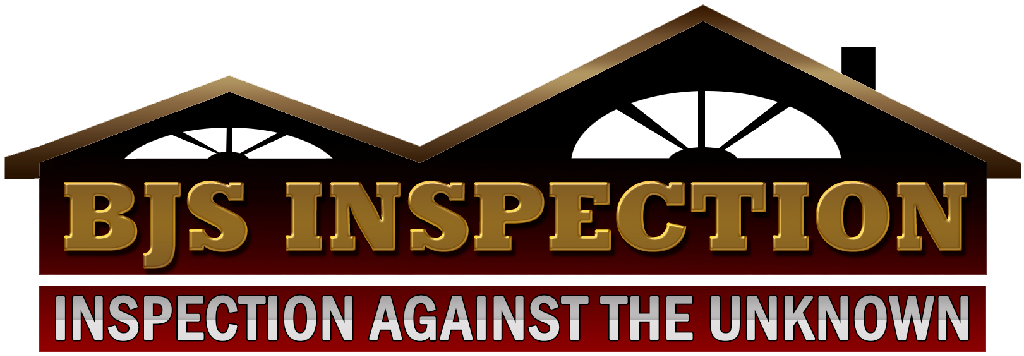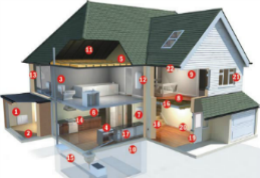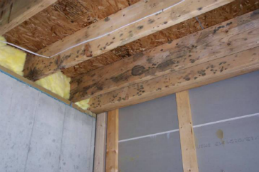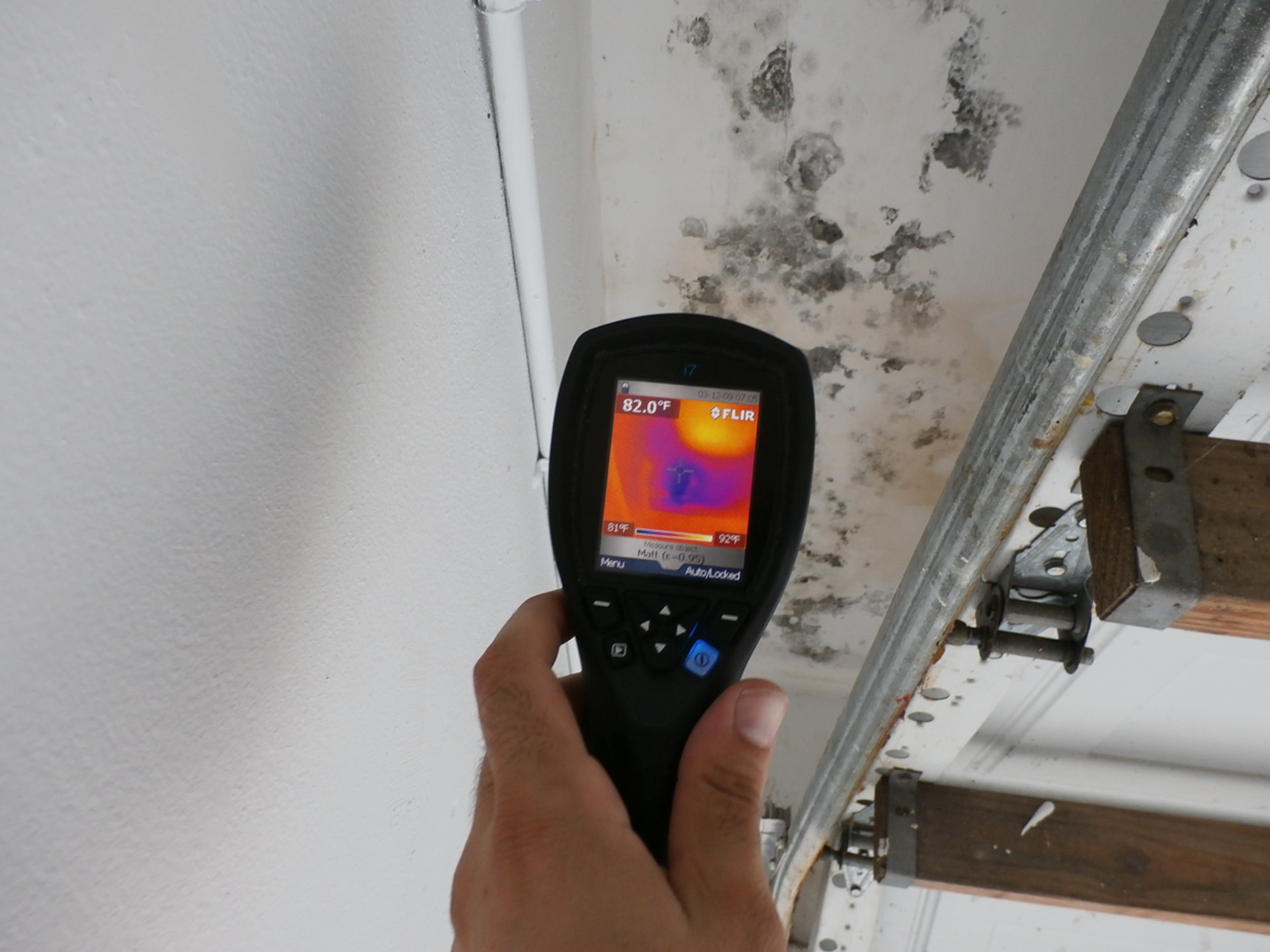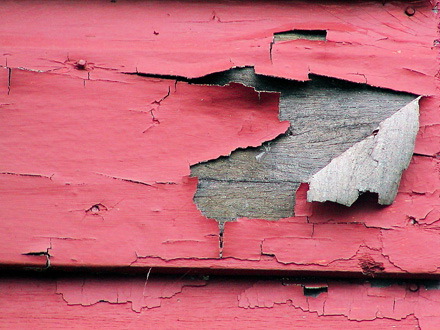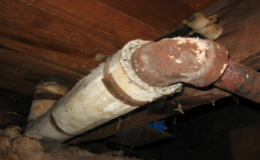
The structure of the home is what gives it shape and strength. The most commonly asked questions of a professional home inspector are related to evaluating the condition of the structure. The two main components of the structure are the foundation and the framing system. Each of these components are critical in providing the building with long lasting comfort and stability. Major defects in the structure can be very expensive and extensive to repair.
The mechanical systems of the dwelling are designed to provide a comfortable and safe living environment. Each system has many components and there are many types of each system. An inspector’s skills and experience are used to evaluate the safe operational condition of each system and to report any defects discovered. The mechanical systems encompass the entire dwelling and exterior portions. Your inspector’s unique training, skills and experience will separate him in these areas from un-trained or inexperienced inspectors.
The plumbing in any house can be divided into water lines and drain lines. The water lines are usually made up of copper or brass pipe while the drain lines are cast iron, galvanized iron or plastic. Much of the plumbing in a house can not readily be seen as it is hidden inside walls and ceilings. When a pipe starts to leak it is usually a slow drip at first and can be detected as a small water stain on a ceiling or wall. Other problems with the plumbing can be improperly pitched pipes, cracked or rotted pipes, improperly vented drain lines or clog. Water and drain lines must be of the number of bathrooms and sinks to properly function. Pipes that are too small will result in poor water pressure or overflowing drain lines.
The electrical power supply to your home is delivered through either overhead cable or an underground conduit. The cables run through a meter to measure the amount of power you use for billing purposes to you local utility and then they are routed to a main panel box. The main feed cables must be sized correctly to supply your home with adequate power for the comfortable and safe operation of the equipment currently being used. Many new homebuyers ask, “can I add central air conditioning or a home office”. Although your inspector does not do an electrical load calculation for this purpose, he will be able to guide you on what type of system expansion is possible and advise you about the current supply of electricity to your home.
The roof is part of the exterior but requires more individual attention. It is designed to protect all the components of the dwelling. There are many roof styles and finished materials. Each style and material is inspected carefully for wear, leaks, defects and other deficiencies. Roofing problems that go undetected can cause serious harm to other components of the building. Styles and types of roofs are dictated by location, age, and preference. Your inspector will carefully evaluate the condition of the material used, note defects, and discuss the possible remaining life expectancy of the roof surface.
The exterior of the building includes; siding, trim, gutters and downspouts, windows, roof, garage, stoops, decks, patios, grounds and related items. Each of these items is inspected not only for its condition, but how it relates to the dwelling. Defects in exterior components such as the siding or windows can greatly affect other components of the home. The exterior of the building is designed to protect the interior components from mother nature.
The interior of the home includes all the various rooms and related items, which are not covered in other aspects of your home inspection on the interior of the dwelling. Some items may overlap such as bathrooms and plumbing, rooms and electrical, and so on. The professional inspector will go through each and every room including all visible and accessible areas of your new home. This is a very important part of your home inspection because symptoms of larger problems are often visible in the various rooms of your home. Settling can be noticed in the floors and walls. Roof or plumbing leaks may be noticed on the ceilings. Poor quality workmanship on mechanical distributions such as outlets and heat convection may be visible. Your inspector will go through each room making notes of relevant defects. Although most cosmetic items, such as worn paint and old carpeting, are not important, they often indicate a general lack of maintenance in the home. Very few homeowners may have badly worn carpet and peeling paint, but they have maintained the much more expensive mechanical and structural components. When a home is in need of a lot of cosmetic work your inspector has already seen a red flag. Recently performed cosmetic work is also carefully inspected to try to determine if it has been done to conceal deeper, more extensive problems. An older home with brand new carpet and paint throughout is often a home that was neglected until resale. Very often the sellers are advised or take it upon themselves to cosmetically repair and upgrade as much as possible to increase the value and curb appeal of the property. Usually these upgrades are done with cost effectiveness in mind and may also be an attempt to mask major problems.
Termites are the most destructive pest insects of wood frame houses and structures, being considered a wide spread problem on Long Island. They live and travel underground (subterranean termites) and damage the inside of the wood members, leaving only a thin layer of wood untouched on the exterior. Practically the termites and the wood damage they create are not visible, therefore it can be overlooked by most people, but it could be a considerable damage and may require extensive, costly repairs. Only a professional inspection conducted by a licensed and specially trained Home Inspector can determine the presence of termites or other wood destroying insects and properly evaluate the possible damages. Termite Inspection Report is required by some banks or mortgage types (HUD, FHA, VA, etc) termite inspection certificates (Form NPMA-33 wood destroying insect inspection report) is provided at no extra charge with every home inspection performed. unless otherwise prior to agreed or if booked separately. Professional wood destroying insect inspection is conducted in the same time frame with the home inspection. For more details about Termite CLICK HERE
Mold can be found in several areas in the home environment. It appears most often in moist areas as little black circles or thread-like white objects. It is usually accompanied with a musty-type odor. Outdoors, mold plays a natural part in the environment by breaking down dead organic matter such as dead trees or fallen leaves. Mold reproduces by means of microscopic spores; the spores are invisible to the naked eye and float through the indoor and outdoor air. Mold begins to grow indoors when mold spores land on surfaces that are wet or damp. Mold will not grow without water or moisture. Therefore, it is important to dry water-damaged areas and items within 24-48 hours to prevent mold growth. Some examples of places where mold can be found inside the home include: Basements, kitchens (bottom of fridge), around bathroom vanities, washer/dryer area,the underside of carpets and pads, the surface of walls behind furniture (where condensation forms),ceilings and the top side of ceiling tiles, front and back side of dry wall, wall paper or paneling, inside HVAC systems and duct work ,clothing, food etc. For more details about Mold CLICK HERE
It has been estimated that over half of all buildings in the United States constructed before 1978 contain lead paint. Although children are the most vulnerable to lead poisoning, lead also presents a threat to workers performing renovations that disturb the paint as well as to residents of the renovated space. Lead paint removal is expensive. Lead pipes also used in very old building for water and sewer system, these also a major problems. For more details about Lead Paint CLICK HERE
Each year, as many as 3,000 Americans are diagnosed with mesotheloma, an incurable from of cancer caused by exposure to asbestos. If yourproperty was built prior to 1980, or was built with materials manufactured prior to 1980, it is likely to contain materials made with harmful asbestos. Federal and state laws require that suspect asbestos containing materials be inspected and tested prior to any removal or disturbance; including but not limited to activities involving renovation, demolition and restoration. Asbestos hidden deep within the walls, ceilings and insulation of buildings has been a major health concern among insurance carriers, residents, building owners, property managers, tenants and employees for decades. Health concerns include asbestosis, lung cancer and mesothelioma. For more details about Asbestos CLICK HERE
Thermal imaging cameras detect radiated temperature differences in the infrared range of the electromagnetic spectrum and produce images of that temperature difference. Since infrared radiation is emitted by all objects near room temperature, thermography makes it possible to see one’s environment with or without visible illumination. The amount of radiation emitted by an object increases with temperature; therefore, thermography allows one to see variations in temperature and help to find missing insulation, loose circuit contact in Electrical Panel, Moisture collection in roof, basement leaking, HVAC System etc.
